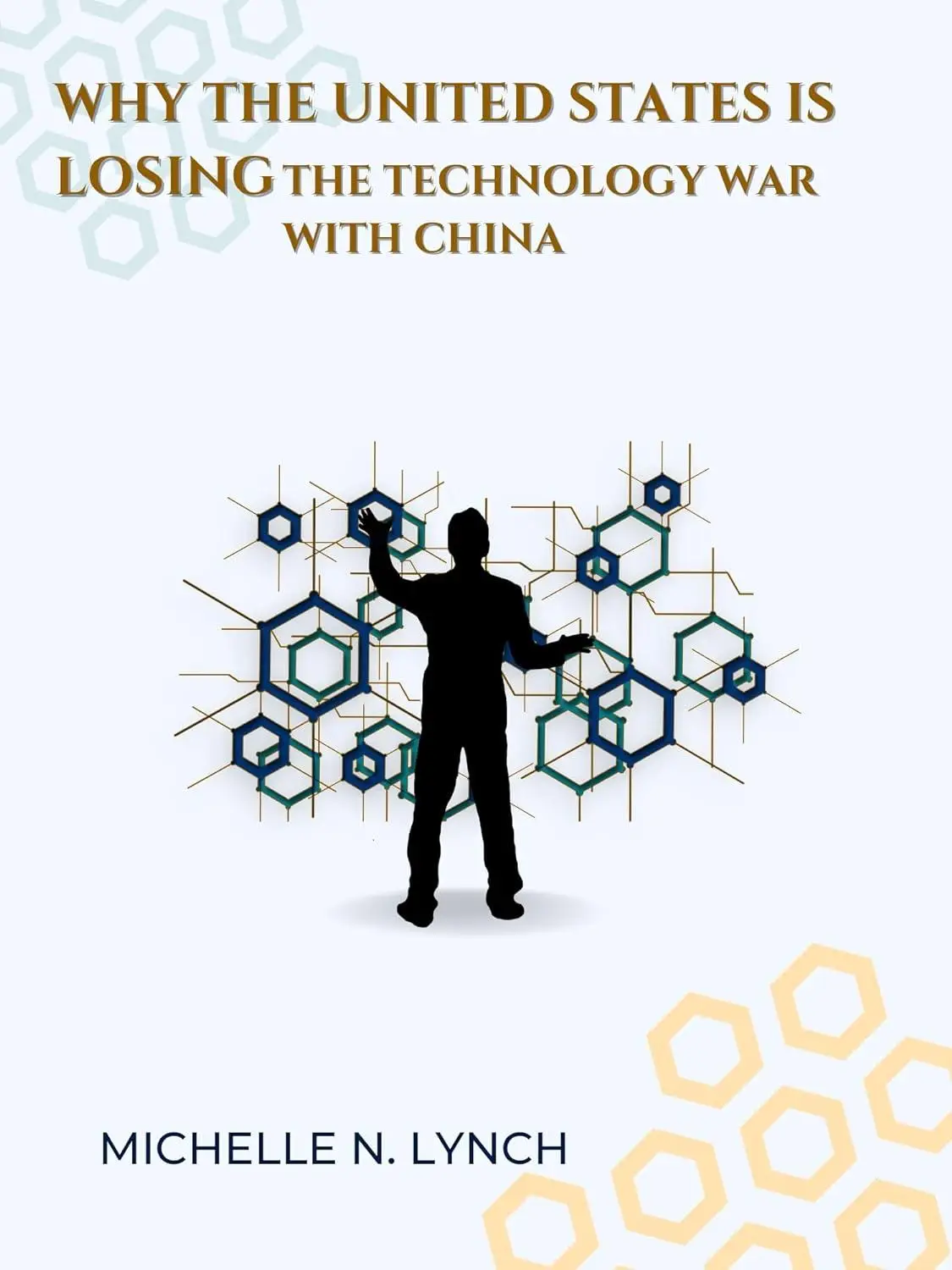Why the United States Is Losing the Technology War With China by Michelle N. Lynch
English | January 31, 2024 | ISBN: N/A | ASIN: B0CTRKM85D | 60 pages | EPUB | 0.59 Mb
English | January 31, 2024 | ISBN: N/A | ASIN: B0CTRKM85D | 60 pages | EPUB | 0.59 Mb
The U.S. position in the global value chain puts it at a disadvantage, and Washington's confrontational policies are making things worse. Semiconductors—or “computer chips”—lie at the heart of the competition between the United States and China. They are one of the most critical sectors of the modern economy and an irreplaceable input in almost every modern technology, from washing machines to missile guidance systems. For this reason, having reliable and affordable access to semiconductors can shape a country’s economic and military power. China is a prime example. Its meteoric rise over the past 20 years is due mainly to the country’s high concentration of global electronics production. Chinese firms like Huawei and ZTE have led the way in quantum computing, artificial intelligence, and 5G technologies. Over the past several years, the United States has sought to restrict China’s access to semiconductor technologies. Traditionally, Washington only ever limited the export of cutting-edge chips that might have military applications, believing that the United States could “run faster” than China through innovation and free trade. However, after China released its “Made in China” strategy in 2015, concern spread that China’s military and economic power was growing faster than expected and that it was using U.S. commercial technologies to do so. Consequently, the United States needed to “maintain as large of a lead as possible” in semiconductor technologies. This meant restricting sales of advanced semiconductor technologies to Chinese businesses, regardless of their civilian or military applications, and bolstering the domestic semiconductor industry through the $280 billion CHIPS and Science Act. In a recent article, “Wars without Gun Smoke,” Ling Chen and I explore the strategic logic behind U.S. technology policy toward China and its likelihood for success. We show that, like in past power transitions between rising and declining powers, the United States is waging a preventive economic war to stop China from becoming a peer competitor. However, the position of American businesses in the global value chains (GVCs) for semiconductors puts the United States at a disadvantage in this war. Ultimately, we find the United States has started a fight that it seems destined to lose.
The Global Value Chain for Semiconductors Like most commodities, semiconductors are produced through global value chains, in which the stages of the production process are spread among firms in different countries. For semiconductors, the chain typically begins with “fabless” chipmakers in the United States who design the chip’s architecture using electronic automation software. These designers then outsource manufacturing to “foundries” in Taiwan, Japan, or South Korea that fabricate the semiconductor from silicon wafers and other raw materials. The chips are sent to Chinese firms for assembly, testing, and packing into a final product like a cellphone or laptop. Chains like this are generally of net benefit to the world. They promote specialization, reduce costs, and ultimately increase profits. Each firm that participates in a GVC contributes some “value” to the final price of an item, albeit to varying degrees. High-value businesses specialize in knowledge-intensive activities that involve steep barriers to entry (e.g., research and development, branding, marketing, logistics, and financing). As such, they tend to govern the GVC and reap the most profits. In contrast, low-value businesses specialize in labor-intensive activities that involve fewer barriers to entry and thin profit margins



